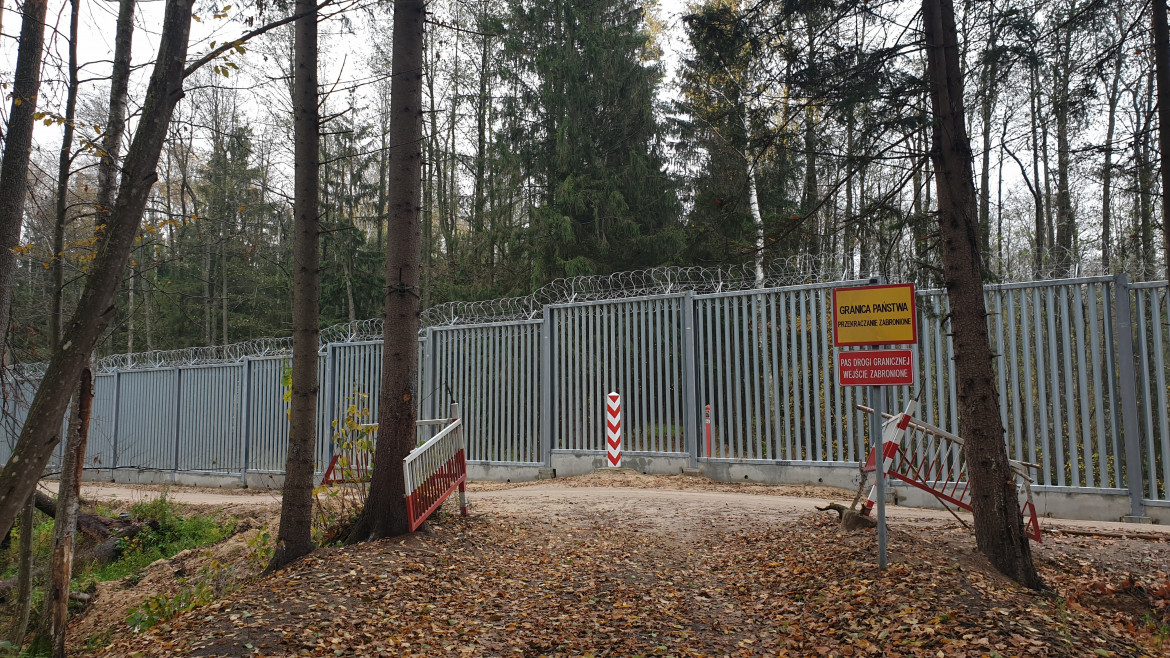Analysis
Under a new plan, the EU is trying to armor the Mediterranean against migrants
The EU Commission presented a plan for managing migrant flows, including a European code for NGO rescue ships and a greater maritime role for Frontex.

There is a proposed 20-point plan setting out just as many initiatives to be implemented along migrant routes, starting with the central Mediterranean. After tensions with France following the Ocean Viking case, the European Union is trying to meet Italian demands for greater participation by EU states in the management of those arriving in Europe.
Unveiled on Monday, the “EU Action Plan on Migration in the Mediterranean,” as it was christened by the EU Commission, will be discussed by the Interior Ministers of the 27 at an extraordinary summit convened for next Friday.
“We cannot manage migration on a case by case, boat by boat basis,” explained the Greek EU Commission Vice President Margaritis Schinas. “Structural solutions can only be found through adopting our EU Pact.”
Now it will be up to ministers to try to give concrete form to at least some of the proposals. This will not be an easy task. Perhaps because it was prepared in the wake of the tensions that have arisen between Italy and France, the Plan is more of a list of good intentions that have been talked about before (from cooperation with migrants’ countries of origin to an increase in repatriations and development aid).
To these, however, at least three points have been added that could have immediate application: a code of conduct for NGO ships; greater cooperation between coastal states and the flag countries of the ships; and, finally, greater involvement in the Mediterranean and on Libya’s southern border by Frontex — the European border control agency whose work in the past has raised serious criticism.
On humanitarian ships, the Commission is trying to set some boundaries to their sea rescue activity by proposing to initiate a discussion on the issue with the International Maritime Organization, in order to work out “the need for a specific framework and guidelines for vessels having a particular focus on search and rescue activities, particularly in view of developments in the European context.” In practice, this will involve identifying new guidelines that NGOs will have to adhere to in order to operate. There is no mention, at least for now, of any measures against those who refuse to join such an initiative.
Home Affairs Commissioner Ylva Johansson recalled on Monday that there had already been a proposal for a European code of conduct in the Migration and Asylum Pact, and reiterated that it was open for further discussion.
Brussels also intends to end the ongoing dispute, started by Italy, between coastal states and the flag countries of humanitarian ships, by promoting closer cooperation through “exchange of information and coordination notably among coastal and flag states, including with a view to facilitating better cooperation between Member States and vessels owned or operated by private entities.”
Regarding Frontex, the agency should increase its aerial and maritime surveillance activities in the central Mediterranean, but it is also expected to be deployed to combat human trafficking in Libya, Sahel and Niger. The document also includes a reference, vague for now, to the need to “promote – in close cooperation with UNHCR and IOM – dialogue between Mediterranean coastal states on regional approaches to search and rescue, based on solidarity, international cooperation, and partnership.”
The EU plan also calls for agreements with third countries to facilitate the return of economic migrants and investments of €580 million for North African countries.
Finally, there is also a push for voluntary returns from Libya with a collaboration between the EU, the African Union and the United Nations. According to Johansson, this year, more than 3,000 people have been voluntarily repatriated from Libya to their countries of origin.
Satisfied with the plan, Italian Interior Minister Matteo Piantedosi said: “The text focuses on some important issues regarding the management of migratory flows, and it does so with the perspective already desired by the Italian government.”
The NGOs are cautious about the parts of the announced code that would concern them: “Let’s see what will be written in it,” says Marco Bertotto of MSF. “When we didn’t sign the Minniti code, we explained that it was not aimed at improving the sea rescue system. If different signals are coming from Brussels, we will evaluate; otherwise, it won’t be possible for us to adhere to it.”
Originally published at https://ilmanifesto.it/migranti-lue-prova-a-blindare-il-mediterraneo on 2022-11-22
